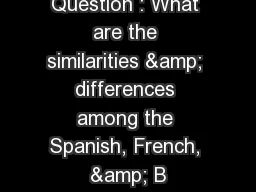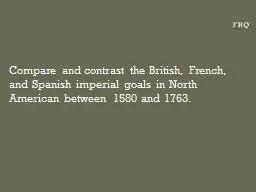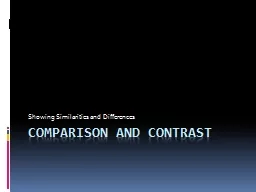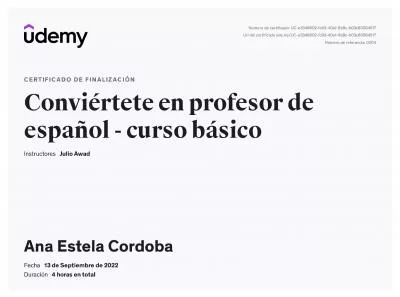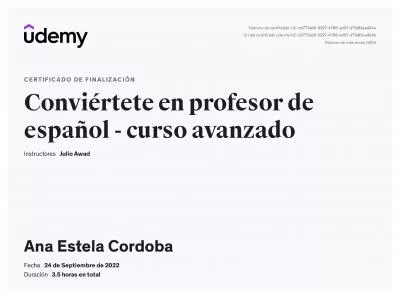PPT-Essential Question : What are the similarities & differences among the Spanish, French,
Author : pasty-toler | Published Date : 2019-02-06
WarmUp Questions What key changes in Europe took place in the 15 th amp 16 th centuries that allowed for overseas colonization How did European exploration in
Presentation Embed Code
Download Presentation
Download Presentation The PPT/PDF document "Essential Question : What are the simila..." is the property of its rightful owner. Permission is granted to download and print the materials on this website for personal, non-commercial use only, and to display it on your personal computer provided you do not modify the materials and that you retain all copyright notices contained in the materials. By downloading content from our website, you accept the terms of this agreement.
Essential Question : What are the similarities & differences among the Spanish, French,: Transcript
Download Rules Of Document
"Essential Question : What are the similarities & differences among the Spanish, French,"The content belongs to its owner. You may download and print it for personal use, without modification, and keep all copyright notices. By downloading, you agree to these terms.
Related Documents

